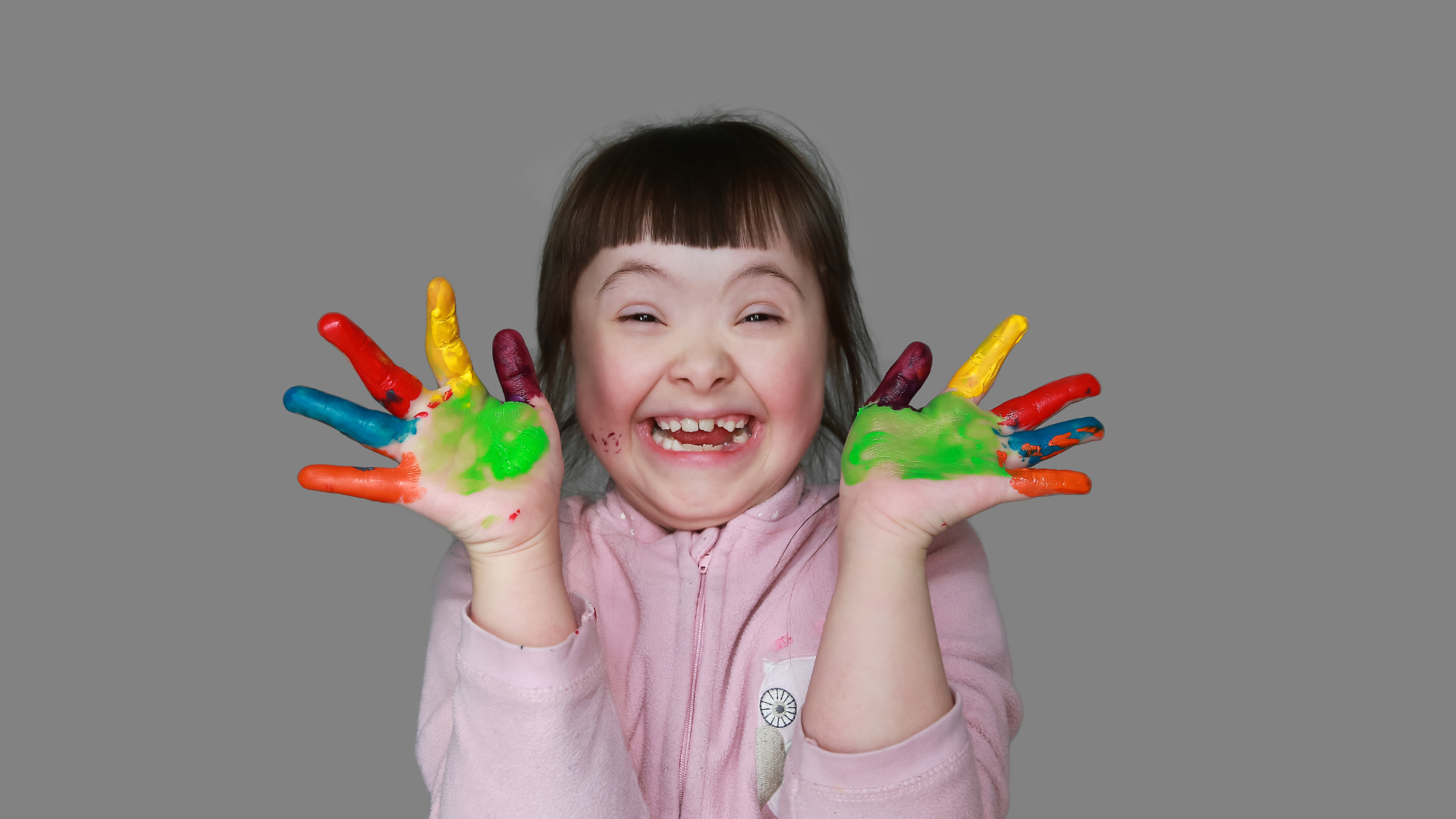Be Kind to Your Mind Service Spotlight
For many young people with special educational needs and disabilities (SEND), talking openly about emotions can feel difficult or even impossible. Be Kind to Your Mind is our creative therapy programme that uses art, play, and imagination to support mental health in a safe, relaxed setting.
We spoke to George Fanzio, one of the programme’s therapists, about how it works and why it makes such a difference.
The programme runs in five specialist schools in the West and Central London area, including special schools and pupil referral units. It’s designed for young people who may not feel comfortable with traditional therapy or talking about their feelings in a direct way.
“The programme runs for 12 weeks and uses art therapy to help children express emotions and build confidence,” George explains. “It’s creative, flexible, and playful, and most importantly, it gives them a safe space where they feel supported.”
George’s route into therapy wasn’t a typical one. He began his career in theatre and worked as a clown in places like prisons and refugee camps before becoming a dramatherapist.
“I’ve always used the arts to connect with people and support mental wellbeing,” he says. “What I love about art therapy is that it’s child-led. Each session is different, and we follow the child’s interests, whether that’s painting, acting, building, or just exploring ideas through play.”
Some of the most powerful moments in George’s work have come from simple creative activities. One young person used water play to overcome a fear of dogs. Another, who was fascinated by dinosaurs, built clay models to help explore his feelings and strengths.
And in one particularly moving case, George worked with a non-verbal child who began expressing himself using kazoos. “It opened up a new way for him to communicate,” George says. “His confidence grew, and now he really enjoys dramatherapy. That kind of progress is amazing to see.”
No two sessions are exactly the same, but most follow a similar structure. George starts with a check-in, often using tools like emotion stones or fidget toys to help the young person settle in. Then there might be a short mindfulness exercise to help them focus and feel calm.
The main part of the session involves creative work, drawing, building, role-play, or other art-based activities, followed by a short reflection and grounding exercise to help the child transition back to the school day.
“Some children need clear boundaries to feel safe,” George says. “When they know the rules and feel secure, they’re much more able to explore and express themselves.”
One of the biggest misunderstandings, George says, is that people sometimes see art therapy as a fun break or reward, rather than a serious and structured form of mental health support.
“It’s not a class, and it’s not about behaviour management,” he explains. “Art therapy is a process, and like any therapy, it takes time and trust. You can’t rush emotional development.”
When asked what he’s learned from working with young people with SEND, George is clear: every child has their own unique challenges and strengths.
“You have to meet them where they are, not where you think they should be,” he says. “It’s about building relationships and understanding what each child needs in order to feel safe and supported.”
Looking ahead, George hopes creative therapies like this become available in all schools, not just in specialist settings.
“We need more therapists, longer-term interventions, and a deeper understanding of the value of creative arts therapy. It should be available when needed, woven into every school’s broader approach to emotional wellbeing.”
To find out more, visit our Website
Or email us: [email protected]
Posted on: 16th July 2025
